Over the course of Ecce Homo’s blog, we have dedicated quite many articles to revisiting the history of fashion: from the history of swimwear to the history of underwear, from the history of the gender-coding of particular colors to the history of specific pieces of clothing, like the jockstrap. In our latest article, we took a step further by asking how the fashion history has been predominantly written, namely which is the mainstream narrative regarding the history of fashion especially in reference to gender and sexuality. Starting from the premise that the social body is constructed and represented in such a way that mirrors the individual generic body, namely the male body, we proceed with the following insights: firstly, the history of fashion seems to be inextricably linked on the one hand to the history of gender and sexuality and on the other to wider socio-political developments, secondly, fashion history like any other history is exactly this, a his-tory, that is a history written by and for men, and thirdly, fashion itself is considered to be a 'feminine' -frivolous and superficial- preoccupation, something that concerns almost exclusive women or those who are identified with femininity, that is gay men, especially effeminate ones.
To put it in a nutshell, the dominant and popular paradigm of narrating the history of fashion is too heteronormative! This paradigm takes a self-evident a series of implicit assumptions about gender and sexuality, it projects them to the past, and consequently contributes to naturalizing the contemporary status quo as inevitable as long as it is easily detectable across time and space. Unavoidably, this heteronormative narrative tends to leave out of the framework of the ‘official’ history all those queer moments that do not fit well into its asphyxiating rationale that is based on a biological notion of gender, a strict gender binary and a taken-for-granted desire of the ‘opposite’ gender.





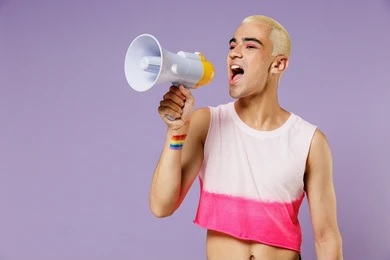
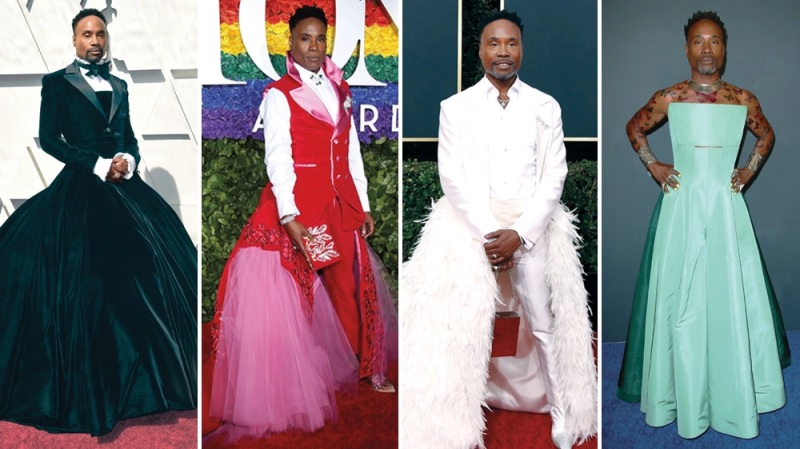
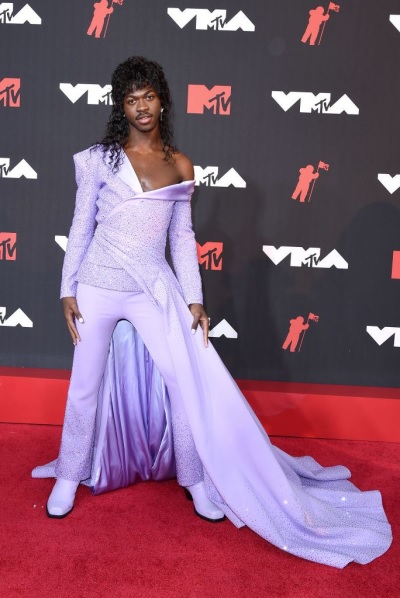
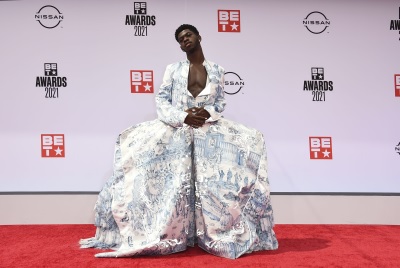
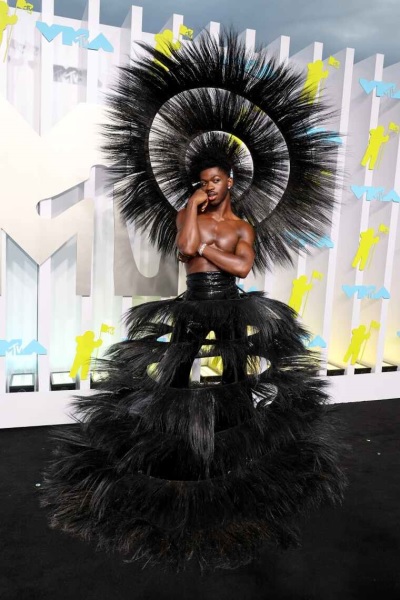
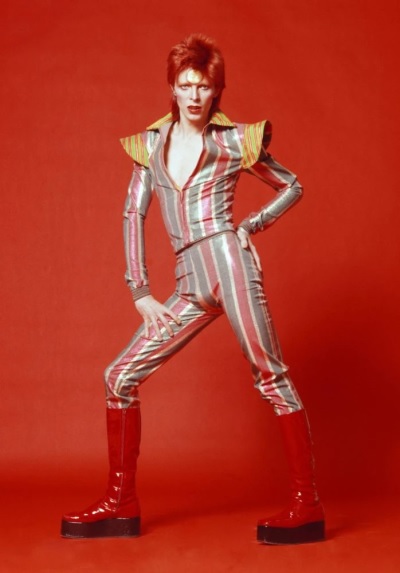
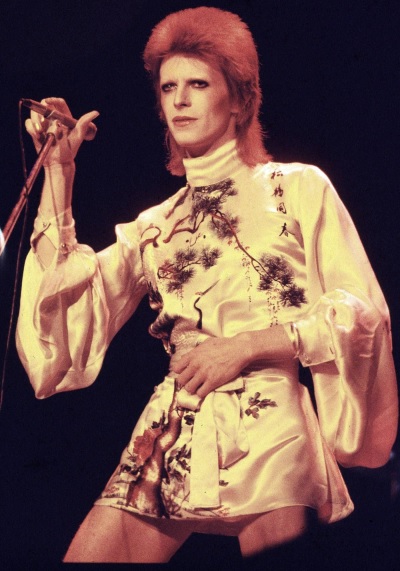

 Login
Login